

![]() by Urcea » Wed Sep 01, 2010 7:37 pm
by Urcea » Wed Sep 01, 2010 7:37 pm

![]() by Urcea » Wed Sep 01, 2010 7:37 pm
by Urcea » Wed Sep 01, 2010 7:37 pm
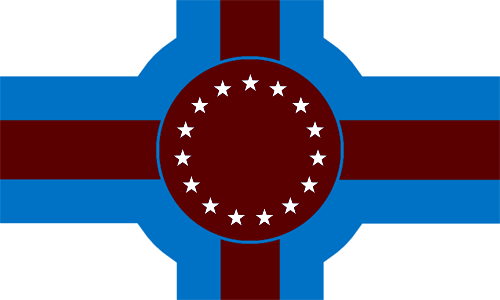

![]() by Urcea » Wed Sep 01, 2010 7:38 pm
by Urcea » Wed Sep 01, 2010 7:38 pm

![]() by Urcea » Wed Sep 01, 2010 7:38 pm
by Urcea » Wed Sep 01, 2010 7:38 pm

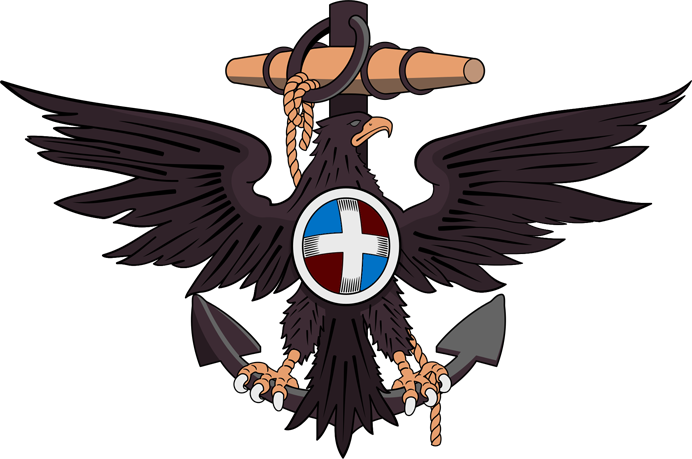

![]() by Urcea » Wed Sep 01, 2010 7:39 pm
by Urcea » Wed Sep 01, 2010 7:39 pm


![]() by Urcea » Wed Sep 01, 2010 7:41 pm
by Urcea » Wed Sep 01, 2010 7:41 pm

![]() by Urcea » Wed Sep 01, 2010 7:44 pm
by Urcea » Wed Sep 01, 2010 7:44 pm



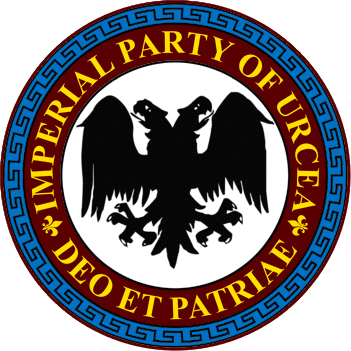
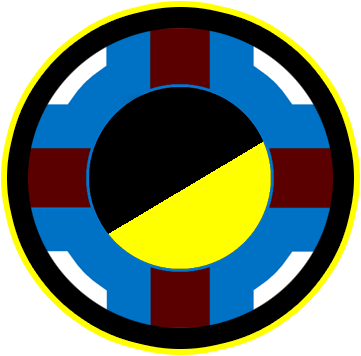

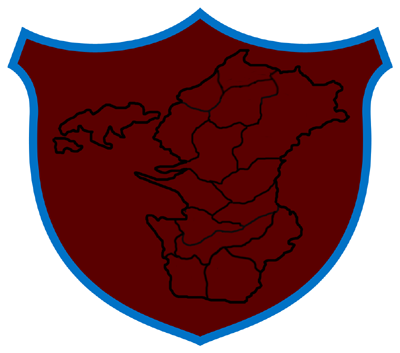

![]() by Urcea » Wed Sep 01, 2010 7:59 pm
by Urcea » Wed Sep 01, 2010 7:59 pm

![]() by Urcea » Sun Sep 12, 2010 8:43 am
by Urcea » Sun Sep 12, 2010 8:43 am
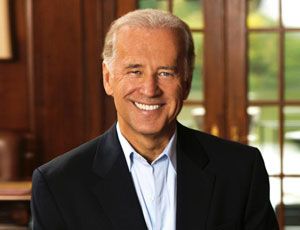

![]() by Urcea » Sun Oct 31, 2010 3:07 pm
by Urcea » Sun Oct 31, 2010 3:07 pm

![]() by Urcea » Sat Dec 18, 2010 10:22 am
by Urcea » Sat Dec 18, 2010 10:22 am

![]() by Urcea » Thu Dec 15, 2011 8:00 pm
by Urcea » Thu Dec 15, 2011 8:00 pm

![]() by Urcea » Sat Dec 31, 2011 12:30 pm
by Urcea » Sat Dec 31, 2011 12:30 pm

![]() by Urcea » Sat Dec 31, 2011 1:15 pm
by Urcea » Sat Dec 31, 2011 1:15 pm


![]() by Urcea » Sat Dec 31, 2011 2:03 pm
by Urcea » Sat Dec 31, 2011 2:03 pm


![]() by Urcea » Sat Dec 31, 2011 6:31 pm
by Urcea » Sat Dec 31, 2011 6:31 pm

![]() by Urcea » Tue Jan 03, 2012 3:57 pm
by Urcea » Tue Jan 03, 2012 3:57 pm
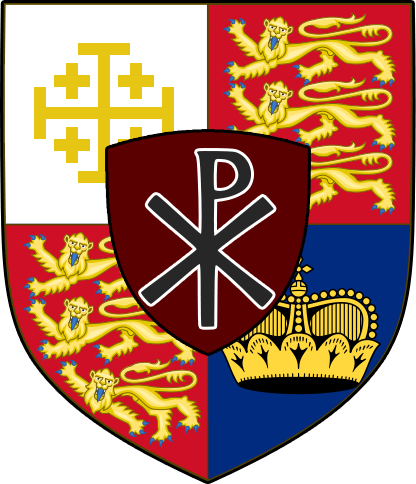

![]() by Urcea » Wed Jan 04, 2012 9:36 pm
by Urcea » Wed Jan 04, 2012 9:36 pm
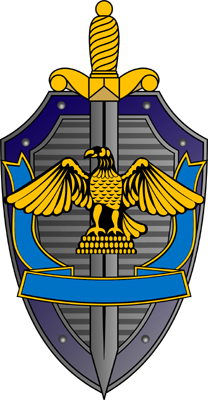

![]() by Urcea » Mon Feb 13, 2012 6:33 pm
by Urcea » Mon Feb 13, 2012 6:33 pm
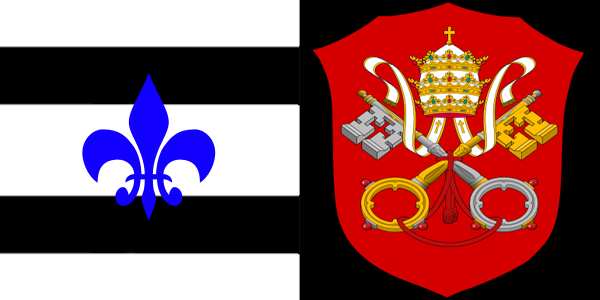
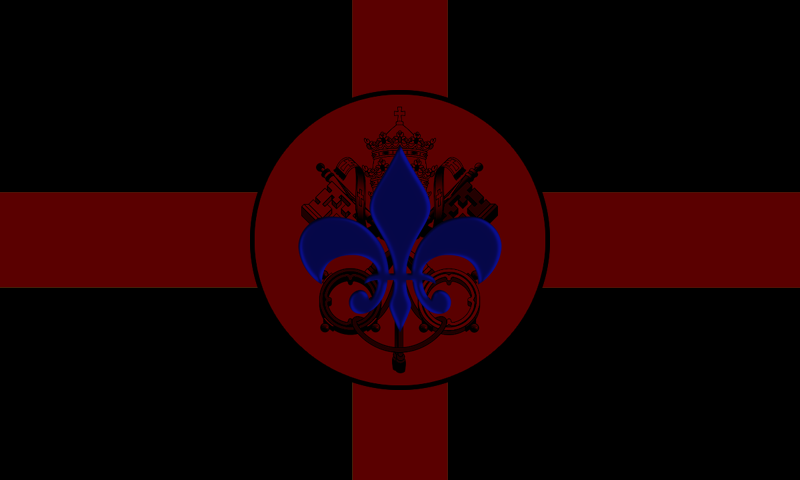

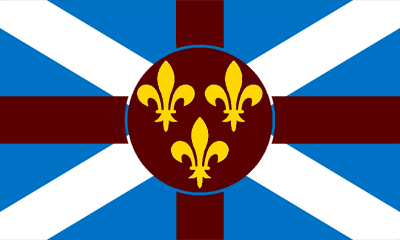



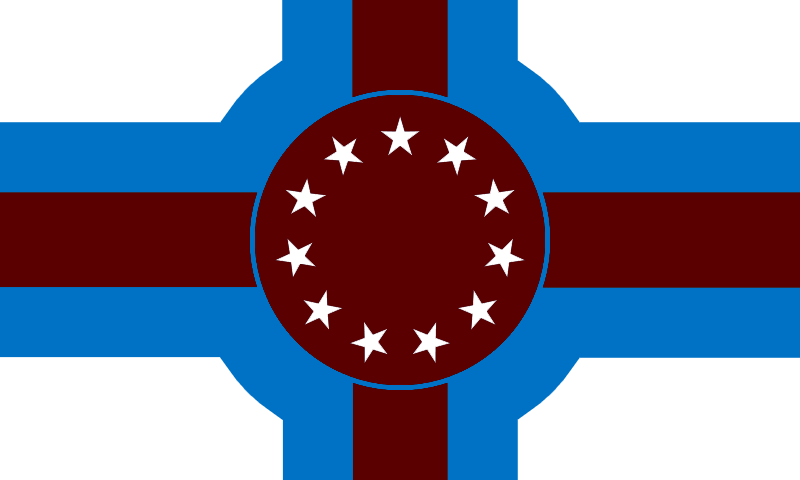
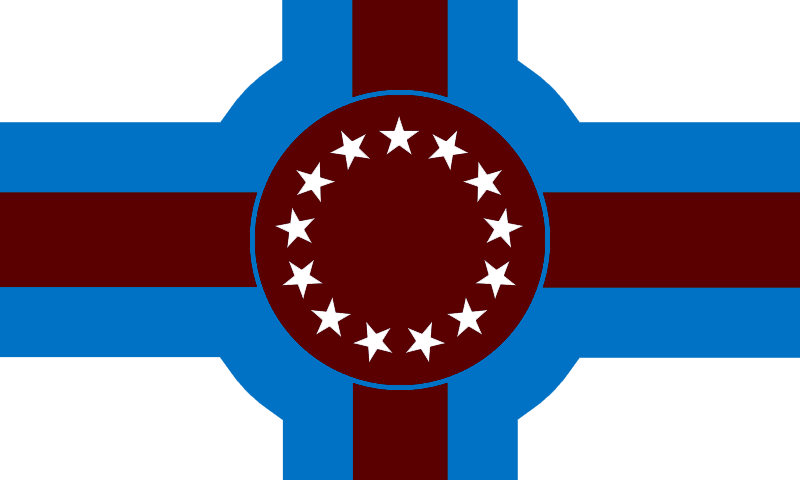


![]() by Urcea » Mon Feb 13, 2012 7:49 pm
by Urcea » Mon Feb 13, 2012 7:49 pm
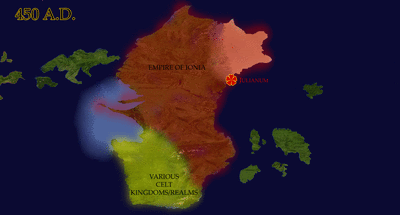
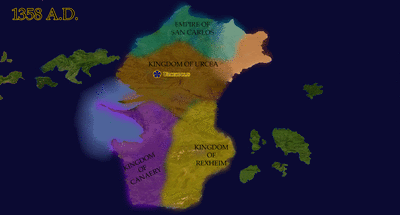
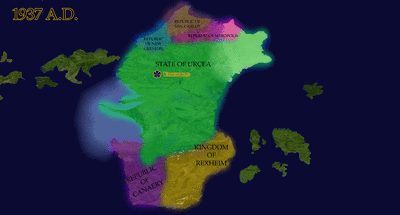

![]() by Urcea » Wed Feb 15, 2012 5:49 pm
by Urcea » Wed Feb 15, 2012 5:49 pm


![]() by Urcea » Sat Feb 18, 2012 10:42 am
by Urcea » Sat Feb 18, 2012 10:42 am

![]() by Urcea » Tue Feb 21, 2012 9:44 am
by Urcea » Tue Feb 21, 2012 9:44 am


![]() by Urcea » Sun Mar 04, 2012 6:57 am
by Urcea » Sun Mar 04, 2012 6:57 am

![]() by Urcea » Wed Mar 21, 2012 4:09 am
by Urcea » Wed Mar 21, 2012 4:09 am
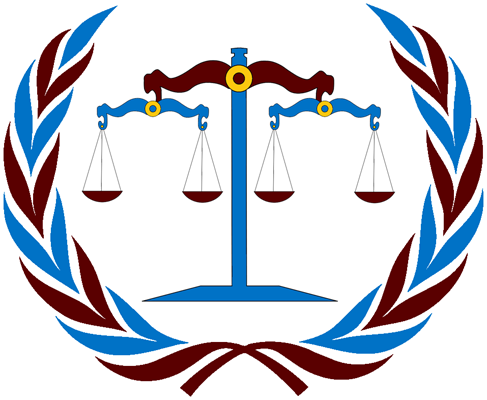
Advertisement
Return to Factbooks and National Information
Users browsing this forum: Google [Bot]
Advertisement